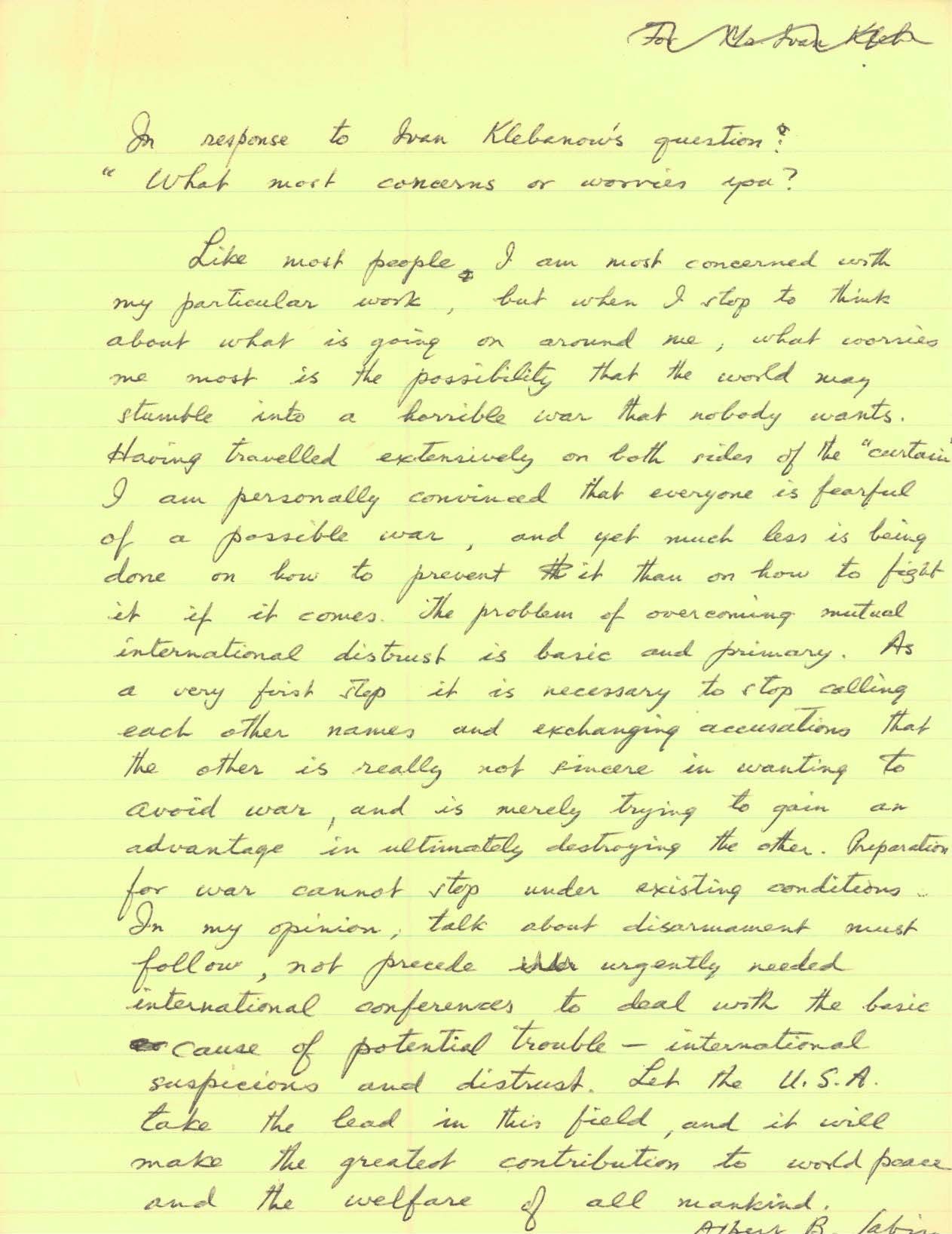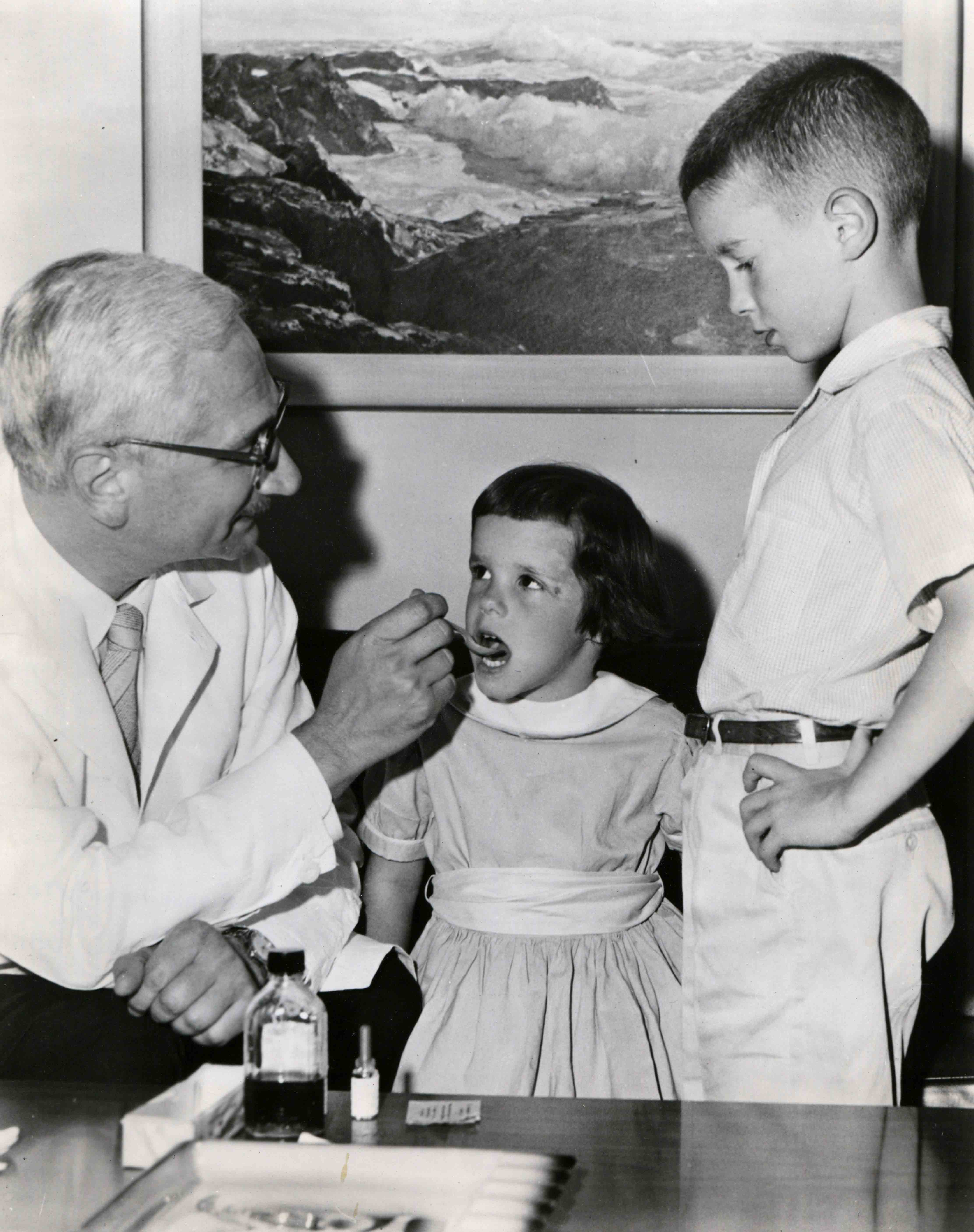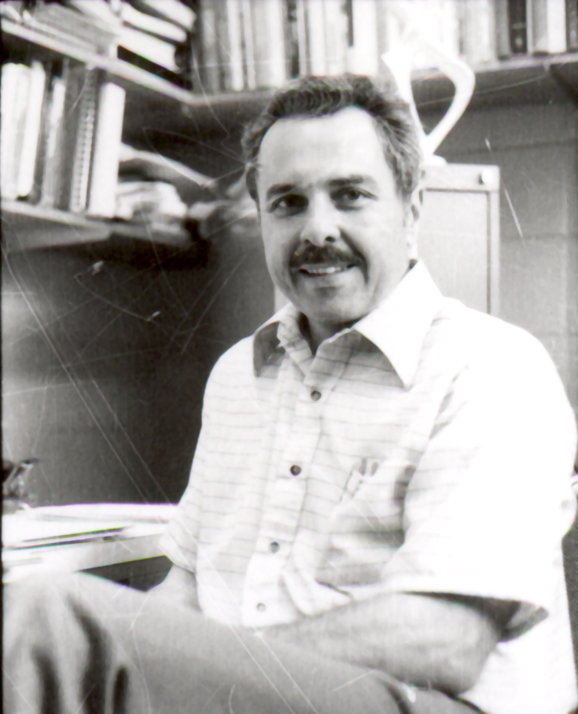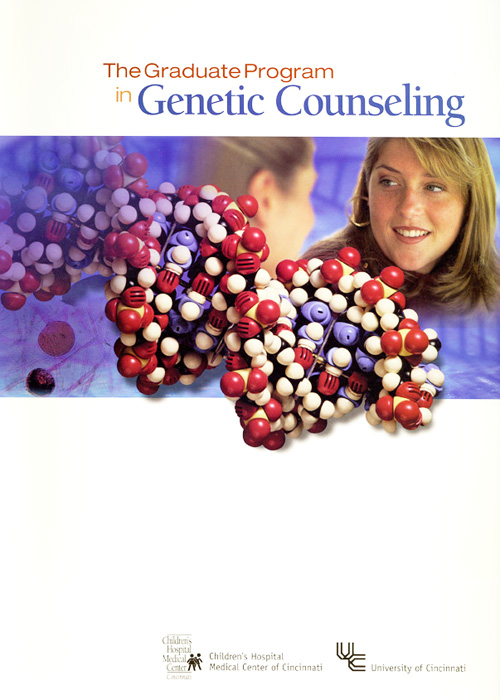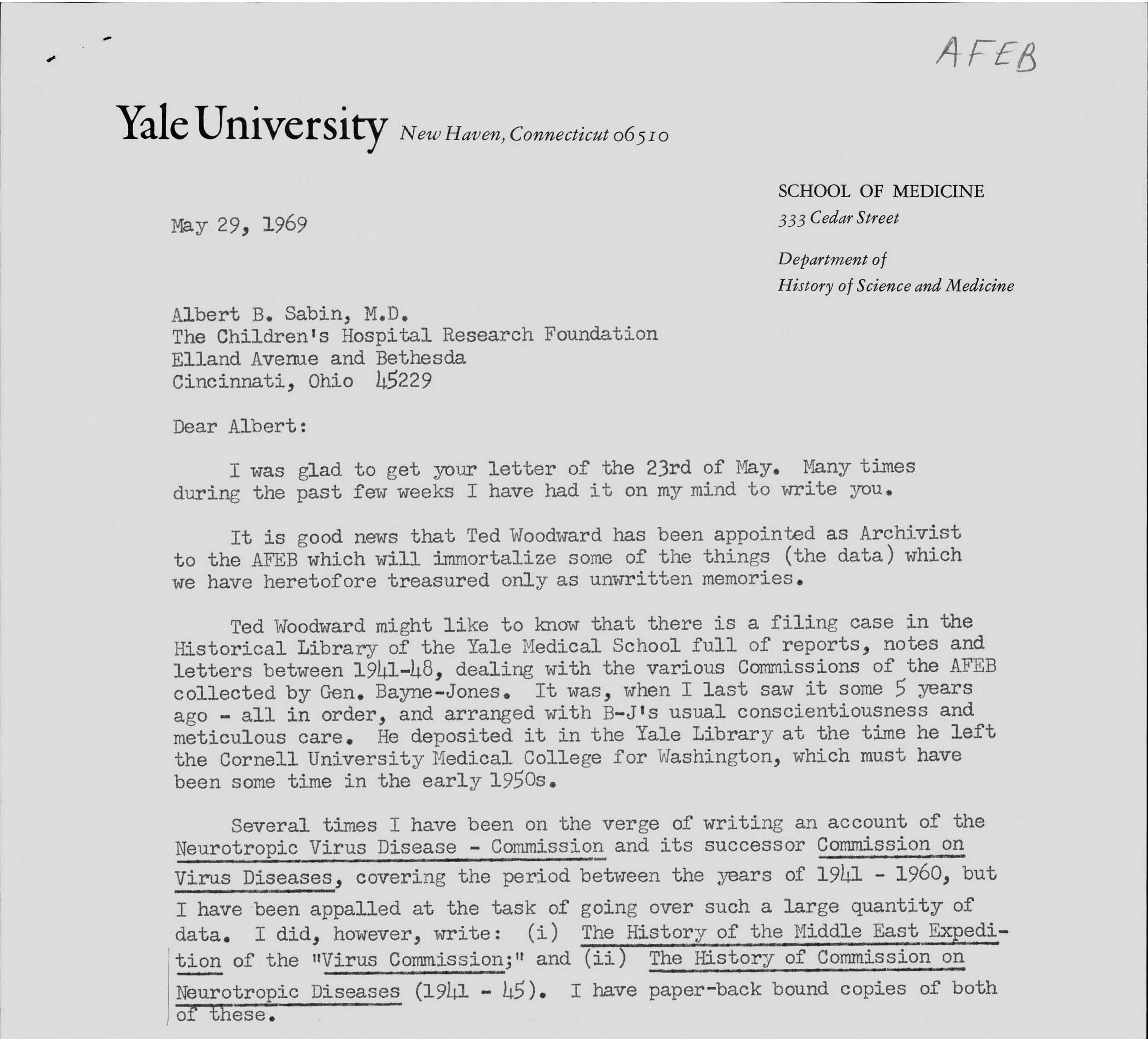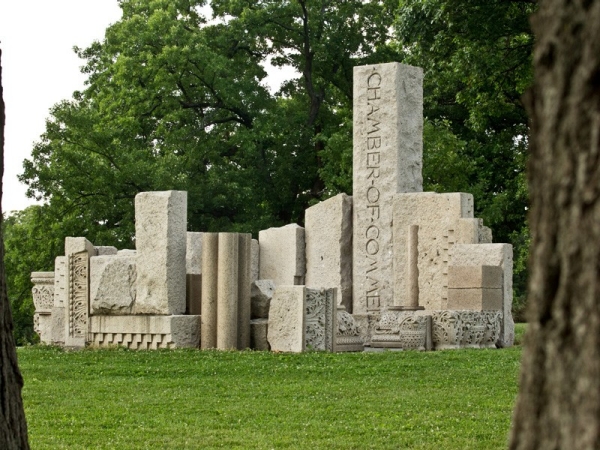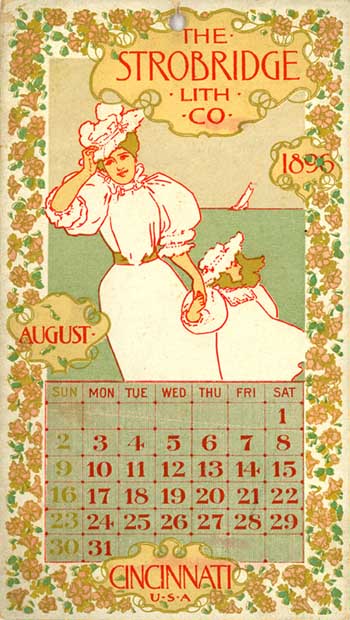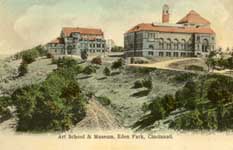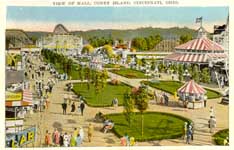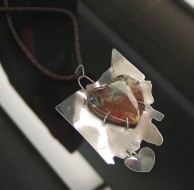[Sabin Archivist’s Note: This week features the first blog post from Richard Sookoor, the Sabin Project student assistant. Richard is pursuing his Bachelor of Science degree in neurobiology from the McMicken College of Arts and Sciences here at the University of Cincinnati. He will be blogging on different Sabin-related topics as we work on the project. Please give Richard a warm welcome to the blogging world by reading his posts! -SB]
A typical opinion when speaking of scientists is that they are mostly entrenched in their work, sometimes unmindful of the world around them. However, for many scientists, their view of the world influences their research and scientific endeavors. Dr. Sabin proves to be a good example. Having been deployed to numerous conflict areas by the US Army Medical Corps during World War II, Dr. Sabin was well aware of the impact and outcomes of great wars. His experiences in these areas led him to pursue research focusing on dengue fever [1], Japanese B encephalitis [2], and sandfly fever [3] even after the completion of his military duty. Continue reading

